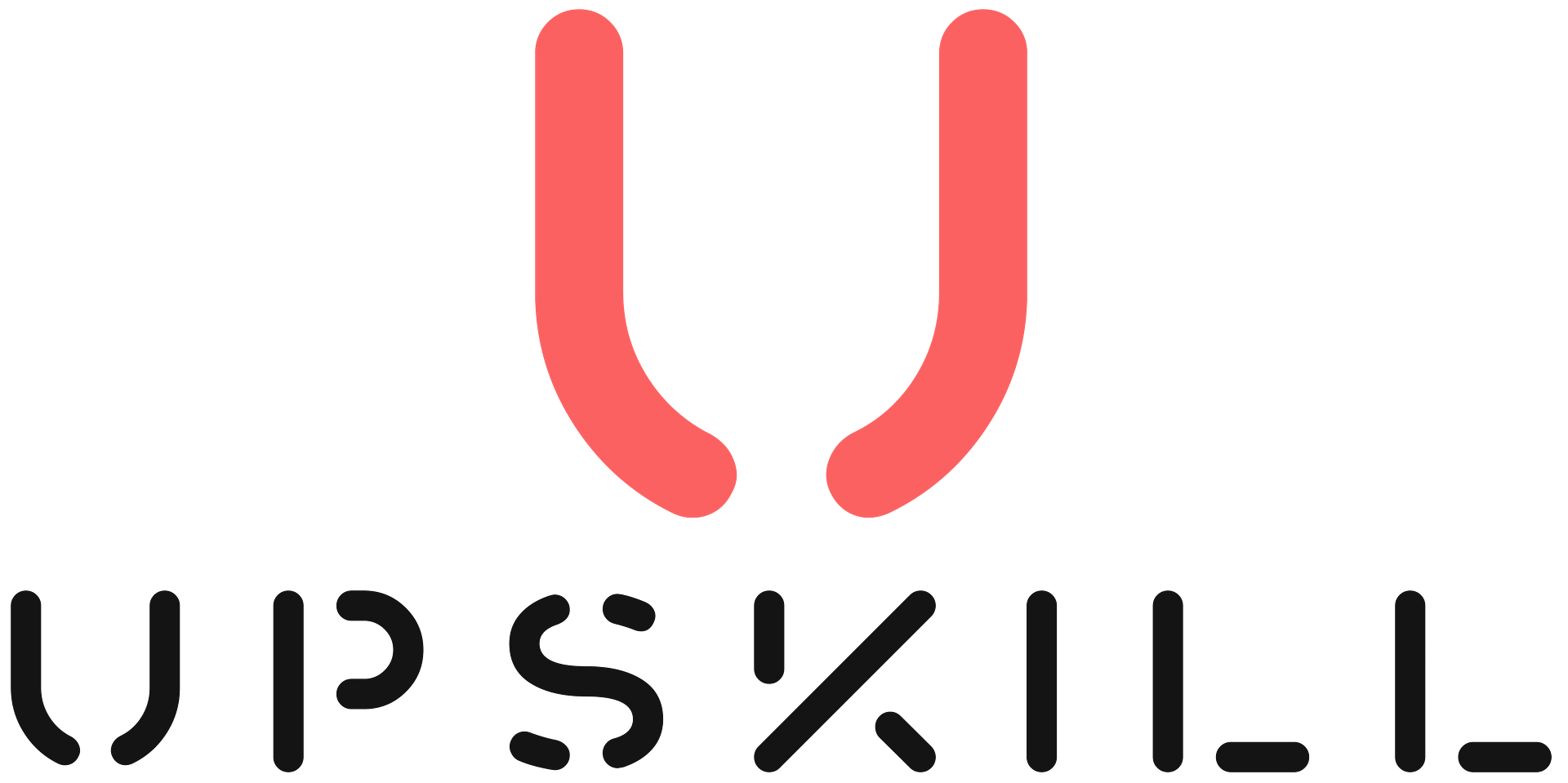Smart Contracts: Agreement Technology Explained

Smart contracts are self-executing contracts with the terms of the agreement between buyer and seller being directly written into lines of code. The code and the agreements contained therein are stored and replicated on a blockchain network. Smart contracts allow for the automation of contract execution and the management of complex transactions without the need […]
Exploring Ethereum: An Overview

Ethereum is a decentralized, open-source blockchain platform that enables the creation of smart contracts and decentralized applications, or dApps. Invented in 2013 by Vitalik Buterin, Ethereum has since become one of the most widely used blockchain platforms in the world. Table of Contents Key Features The Ethereum Virtual Machine (EVM): The EVM is a decentralized […]
Blockchain Tools: A Beginners Guide

Blockchain tools are software and platforms that enable the development, management, and execution of blockchain-based applications and systems. This overview will cover key tools and technologies in the blockchain space, including smart contract tools, smart contract security tools, blockchain testing tools, blockchain security tools, and decentralized identity tools. These tools are essential for the development, […]
Blockchain: An Introduction

Blockchain technology is a decentralized and distributed digital ledger that is used to record transactions across a network of computers. It ensures that transactions are secure, transparent, and tamper-proof, making it a reliable and trustworthy way to store and transfer data and value. Table of Contents Overview One of the main benefits of blockchain technology […]
Web3: A Guide to the Decentralized Web

Web3, also known as the decentralized web, is a new generation of the internet that is built on top of decentralized technologies such as blockchain and peer-to-peer networks. It represents a shift away from the traditional centralized model of the internet, where a small number of companies control the flow of information and resources, towards […]
